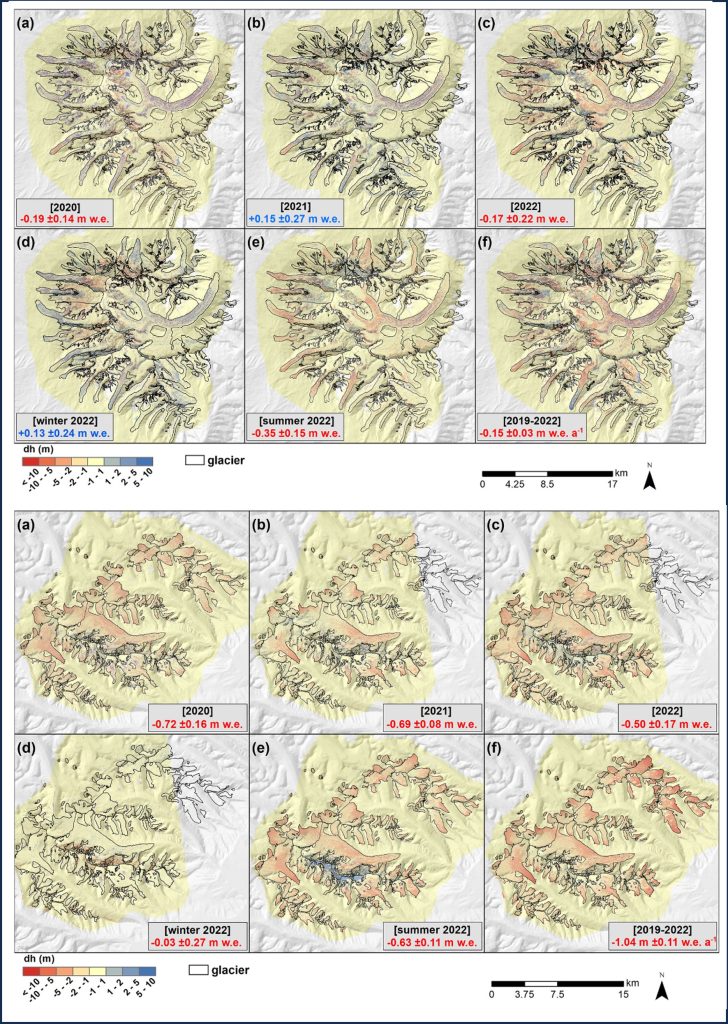
Tobias Bolch has been identified as “Highly Cited Researcher” in the field “Geosciences” Web of Science/Clarivate Analytics. In 2023, about 0.1 % of the World’s researchers in 21 research fields and across multiple fields, have earned this exclusive distinction. Only about 174 researchers were identified in the field of Geosciences.

In this study, we evaluate the suitability of very-high-resolution Pléiades digital elevation models (DEMs) to measure glacier mass balance at annual and seasonal scales in two regions of High Mountain Asia (Muztagh Ata in Eastern Pamirs and parts of western Nyainqêntanglha, south-central Tibetan Plateau)

